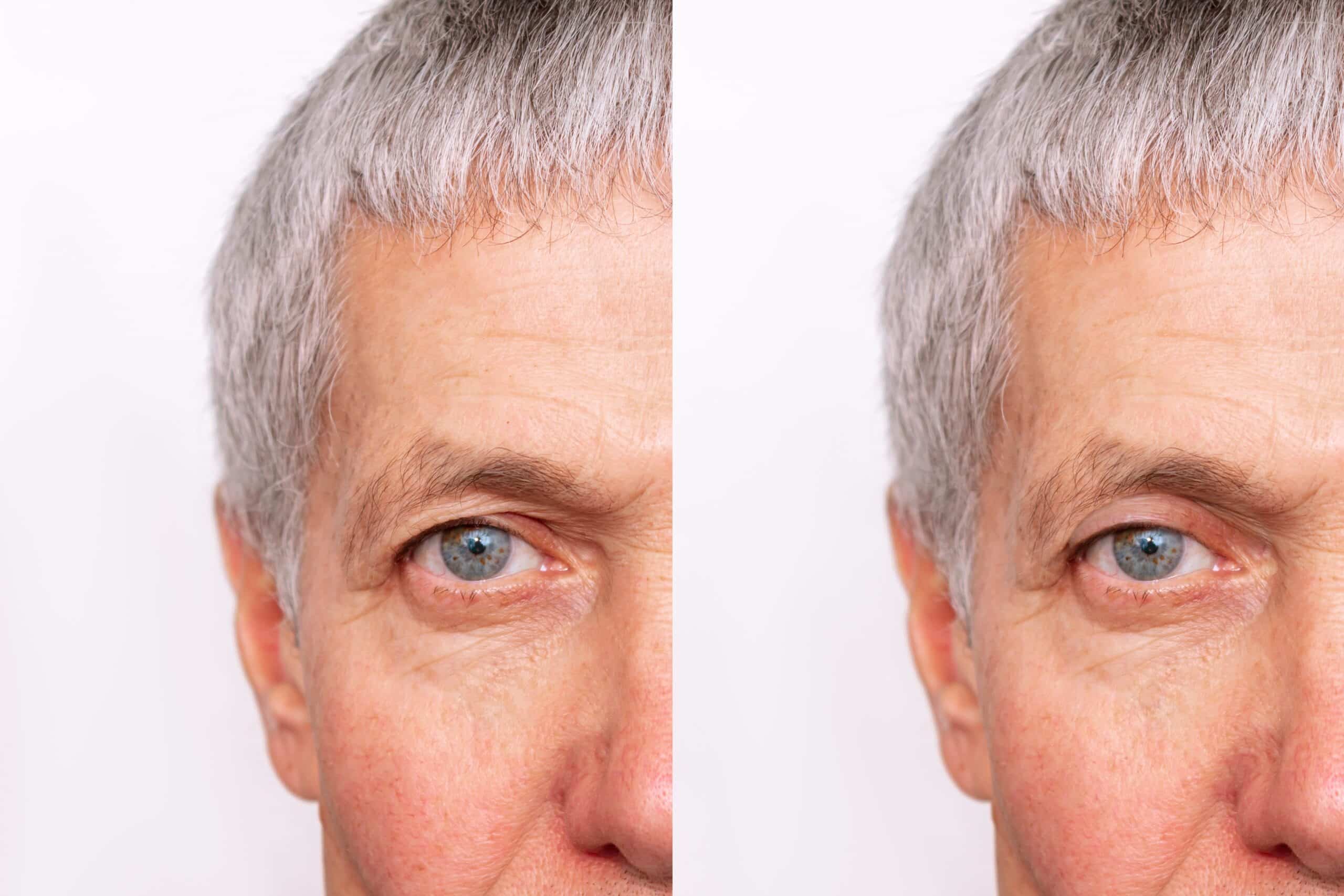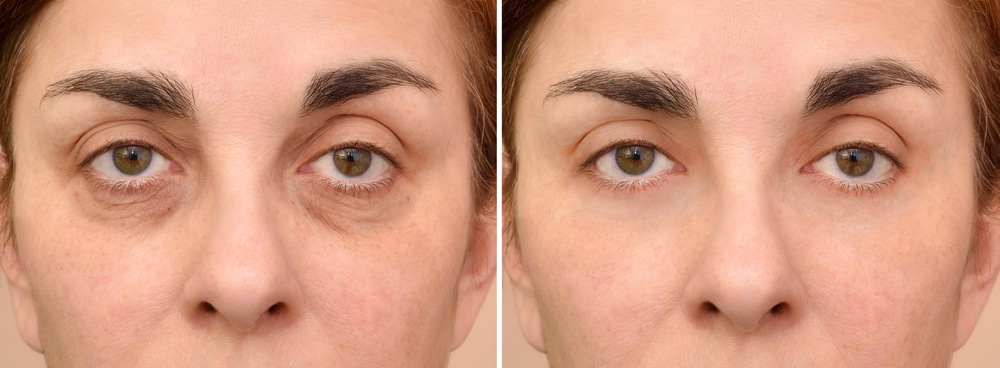Ophthalmic Plastic Surgery

At the Eye Center of St. Augustine in St. Augustine, Florida, our eye surgeon, Dr. Michael Epps, offers a variety of surgical options to improve the look and function of the eyelids and the area that surrounds them. If you are experiencing drooping lids or noticing new abnormal growths on the eyelids, our experienced and dedicated team can help.
What is Blepharoplasty?
Blepharoplasty is a type of eyelid surgery that corrects drooping or sagging skin of the eyelids. At the Eye Center of St. Augustine, Dr. Epps performs upper eyelid blepharoplasty to help improve vision in those whose drooping eyelids are interfering with their vision.
If your upper eyelids are droopy and you have noticed difficulty seeing well enough to read or drive, schedule an appointment with Dr. Epps, at the Eye Center of St. Augustine. He can evaluate the severity of the lid sagging to determine if blepharoplasty is the best option for you.
The most common cause of eyelid drooping is age. As you age, the skin on your eyelids may begin to stretch and become loose, which is a condition called dermatochalasis. An upper eyelid blepharoplasty can remove excess skin and improve the look and function of the eyelids.
Blepharoplasty procedure is an outpatient procedure, meaning you get to go home the same day. Dr. Epps has extensive experience performing this type of ophthalmic plastic surgery and is dedicated to improving your symptoms.
Who is a Candidate for the Blepharoplasty Procedure?
Before you can schedule the blepharoplasty procedure, Dr. Epps will need to evaluate your eyelids to ensure that you are a candidate during a consultation. During this evaluation, your eye doctor will weigh a variety of factors, including your symptoms and how much your eyelids are interfering with your vision.
If the functioning of your eyelids is impaired by the excess skin or if your upper eyelids droop so low that they are interfering with the quality of your vision or field of vision, the procedure may be covered by insurance.

What Happens During the Blepharoplasty Procedure?
The blepharoplasty procedure is a safe procedure that can be as short as one hour but may take up to three. Your St. Augustine oculoplastic surgeon will take careful consideration of the shape and structure of your eyes during the blepharoplasty procedure to produce the most natural results.
Before an upper eyelid blepharoplasty, your eye surgeon will numb the eyelid area with a local anesthetic, so you are comfortable. In order to remove the excess skin and fat, they will make an incision along your natural eyelid crease.
This method allows the incision scar to be mostly hidden after you’ve healed from the procedure.
Next, they will remove the necessary amount of skin and fat to improve your symptoms. After this excess tissue is removed, your eye doctor will close the incision with sutures.
How Long is the Recovery after the Blepharoplasty Procedure?
After your procedure, you will need to rest for a little while before going home. During the initial stages of recovery, you may notice some symptoms like swelling or bruising of the eyelids, watery eyes, and light sensitivity.
Your eye doctor may ask you to use an ointment on your incisions to help with the healing process. This ointment may make its way inside your eyes which can blur your vision.
However, this symptom, as well as any others you may experience, is temporary. Your eye doctor will instruct you on how to manage your post-surgery symptoms, like using ice packs to reduce swelling.
Your eye doctor will provide you with a list of instructions to follow to help you heal properly and avoid complications. You will need to rest during your recovery period and avoid doing any strenuous activities like heavy lifting or exercising.
The bruising and swelling around your eyes will naturally reduce slowly over the next ten to fourteen days. Although you will be able to slowly reintroduce your everyday activities into your routine, you can expect to spend this period of time recovering.
Your eye doctor will want to see you back in the office periodically after your procedure. During these visits, your eye doctor will check to ensure that your eyelids are healing properly and that you are not experiencing any complications.
For most people, the results of the blepharoplasty procedure can last a very long time. However, in some cases, revision or additional procedures may be necessary.
What is Eyelid Lesion Removal?
Eyelid lesion removal is a procedure performed to surgically remove abnormal or suspicious growths from the eyelids. At the Eye Center of St. Augustine, Dr. Epps offers this service to address both cosmetic concerns and potential health risks.
Common eyelid lesions include chalazions, styes, skin tags, moles, cysts, and some cancerous lesions. The procedure is typically quick and performed under local anesthesia.
Recovery is usually quick as well, with most patients returning to normal activities within a few days. If you notice any new or changing growths on your eyelids, schedule an appointment with Dr. Epps for an evaluation to determine if lesion removal is necessary.
Are you interested in learning more about eyelid procedures? Schedule an appointment at the Eye Center of St. Augustine in St. Augustine, FL, today!

